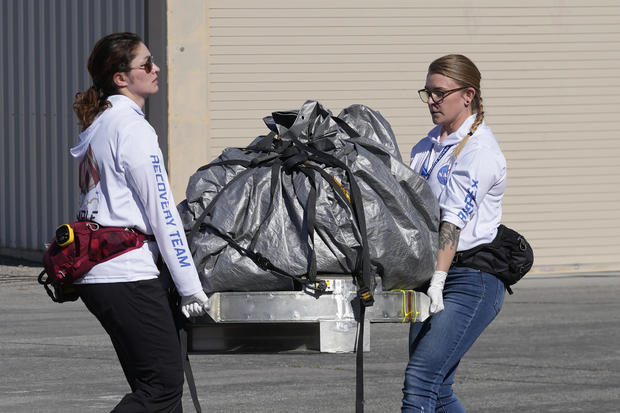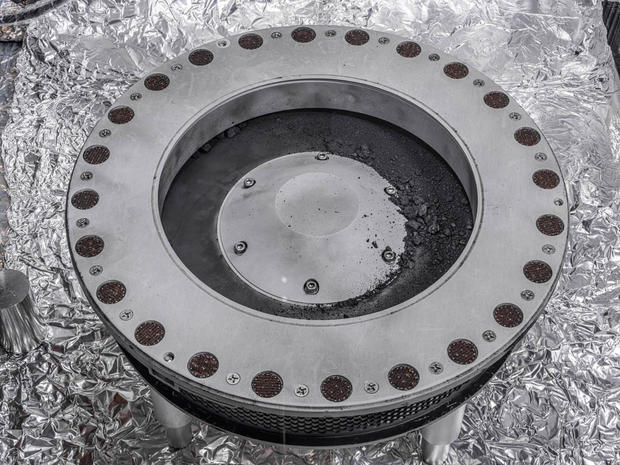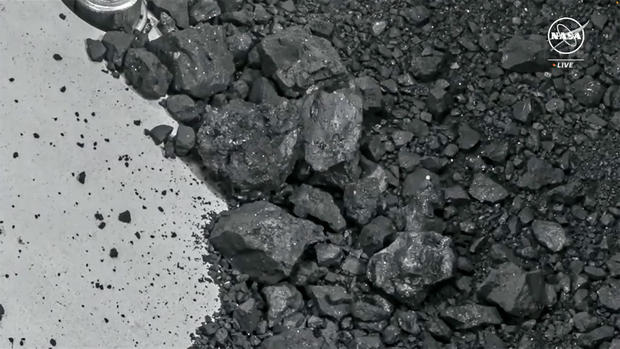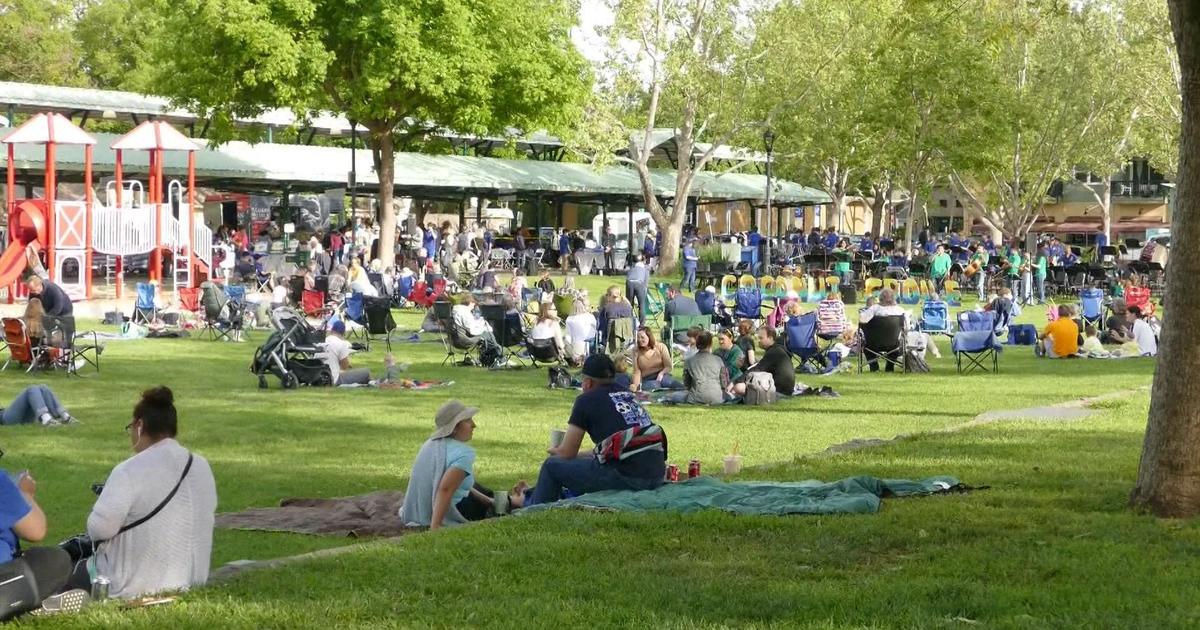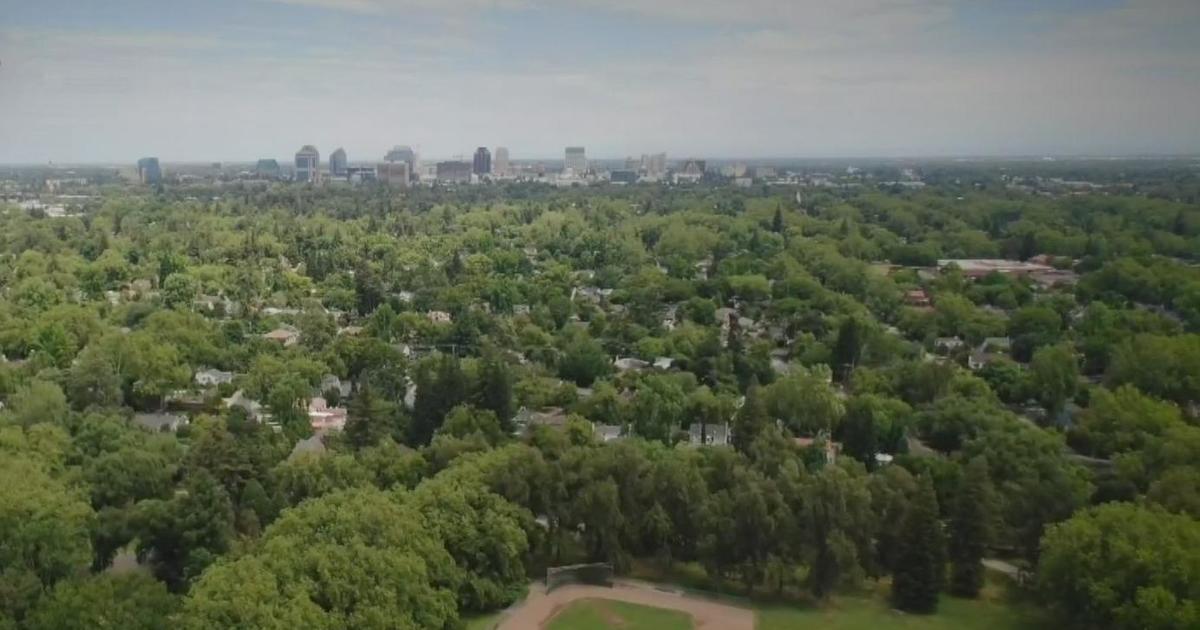NASA shows off its first asteroid samples delivered by a spacecraft
NASA on Wednesday showed off its first asteroid samples delivered last month by a spacecraft — the most ever returned to Earth.
Scientists and space agency leaders took part in the reveal at Johnson Space Center in Houston.
The ancient black dust and chunks are from the carbon-rich asteroid named Bennu, almost 60 million miles away. NASA's Osiris-Rex spacecraft collected the samples three years ago and then dropped them off sealed in a capsule during a flyby of Earth last month.
Scientists anticipated at least a cupful of rocks, far more than what Japan brought back from a pair of missions years ago. They're still not sure about the exact quantity. That's because the main sample chamber has yet to be opened, officials said.
"It's been going slow and meticulous," said the mission's lead scientist, Dante Lauretta of the University of Arizona.
Black dust and particles were scattered around the outside edge of the chamber, according to Lauretta.
"Already this is scientific treasure," he said.
Besides carbon, the asteroid rubble holds water in the form of water-bearing clay minerals, said NASA Administrator Bill Nelson.
___
The Associated Press Health and Science Department receives support from the Howard Hughes Medical Institute's Science and Educational Media Group. The AP is solely responsible for all content.
